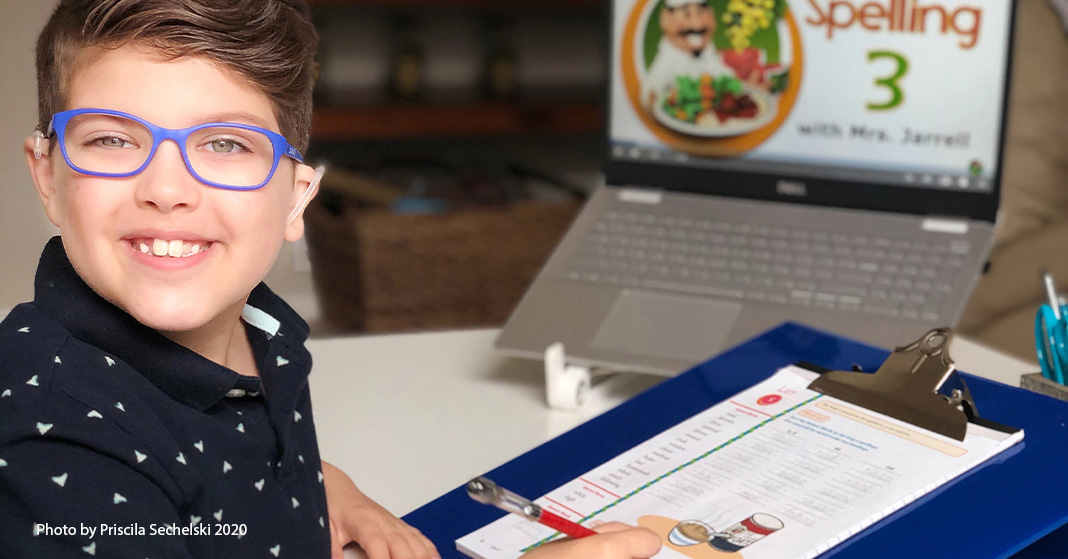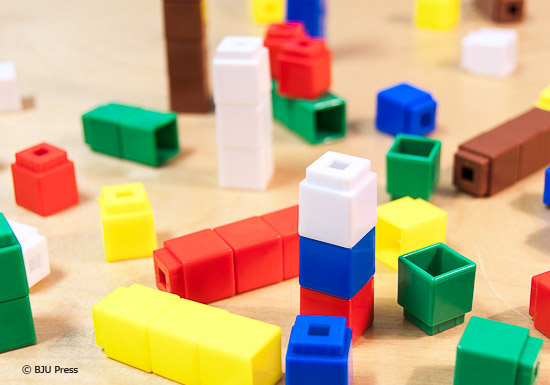
Have you ever noticed that life and homeschool curriculum just don’t always see eye-to-eye? The days are either too short or they somehow get too full. How can you possibly get every subject done and all the extras, too? If you’re overwhelmed with life events, if you’re transitioning to a new curriculum, if you’re just getting into homeschooling, or if you’re spending way too much time each day just getting through curriculum, it may be time to consider modifying your curriculum to make it simpler for you and your children.
This doesn’t need to be another daunting task for you to accomplish. Modifying your BJU Press curriculum doesn’t usually mean rewriting it or finding additional resources to add to your day. Modifying either your parent-led or video course curriculum usually means deciding which resources provide the most value to your family and focusing on those. Our writers never intended for students to answer every question and complete every activity. Each book has more than you need for the completion of the course. An important learning principle is that successful education doesn’t mean doing all the things all the time. Successful learning comes when you do the things you have time to do effectively. We will look at ways to modify the program so it works better for you, but first, here are some things to consider before making those modifications.
[Read more…] about 4 Simple Options for Modifying BJU Press Curriculum

